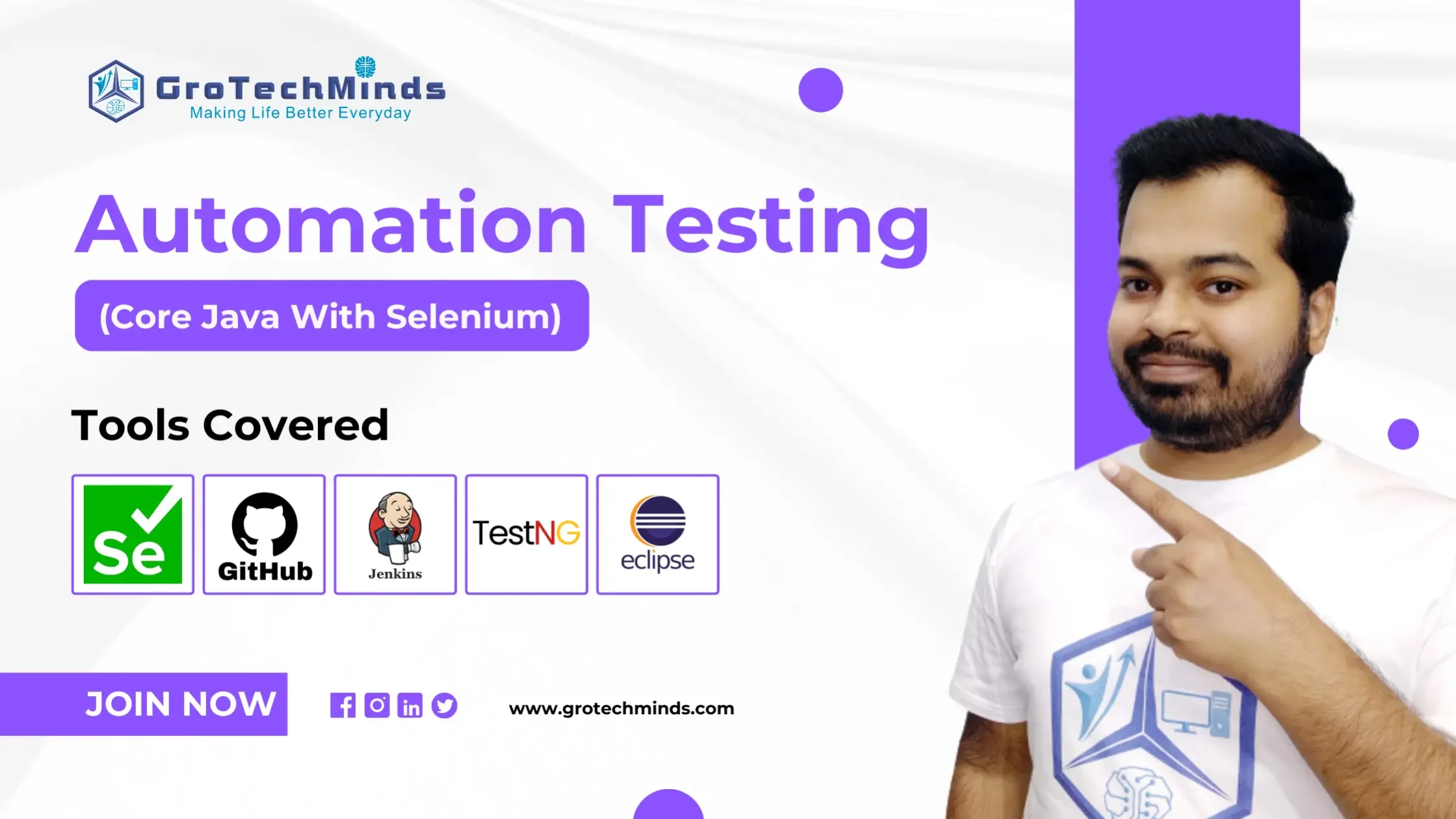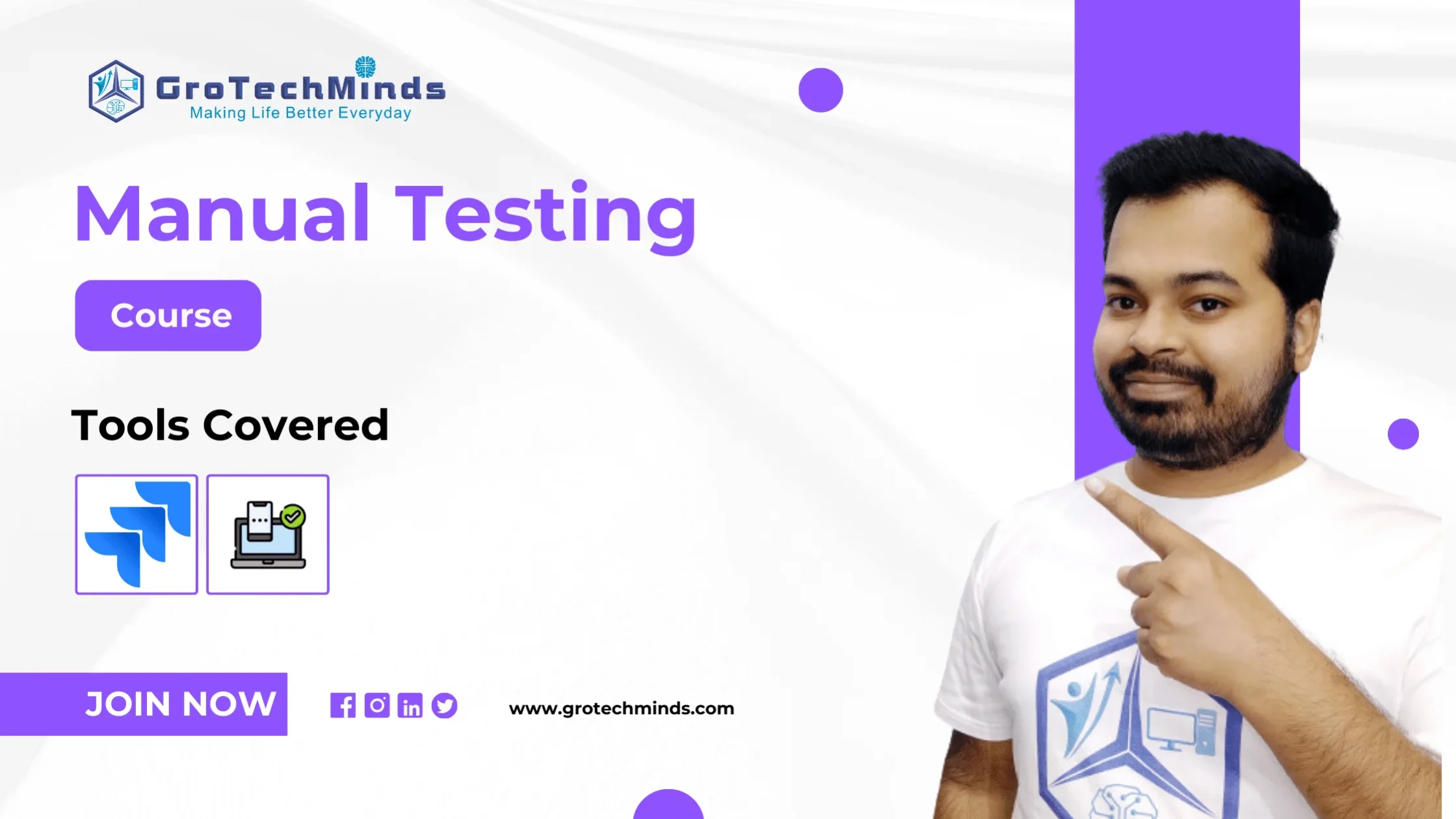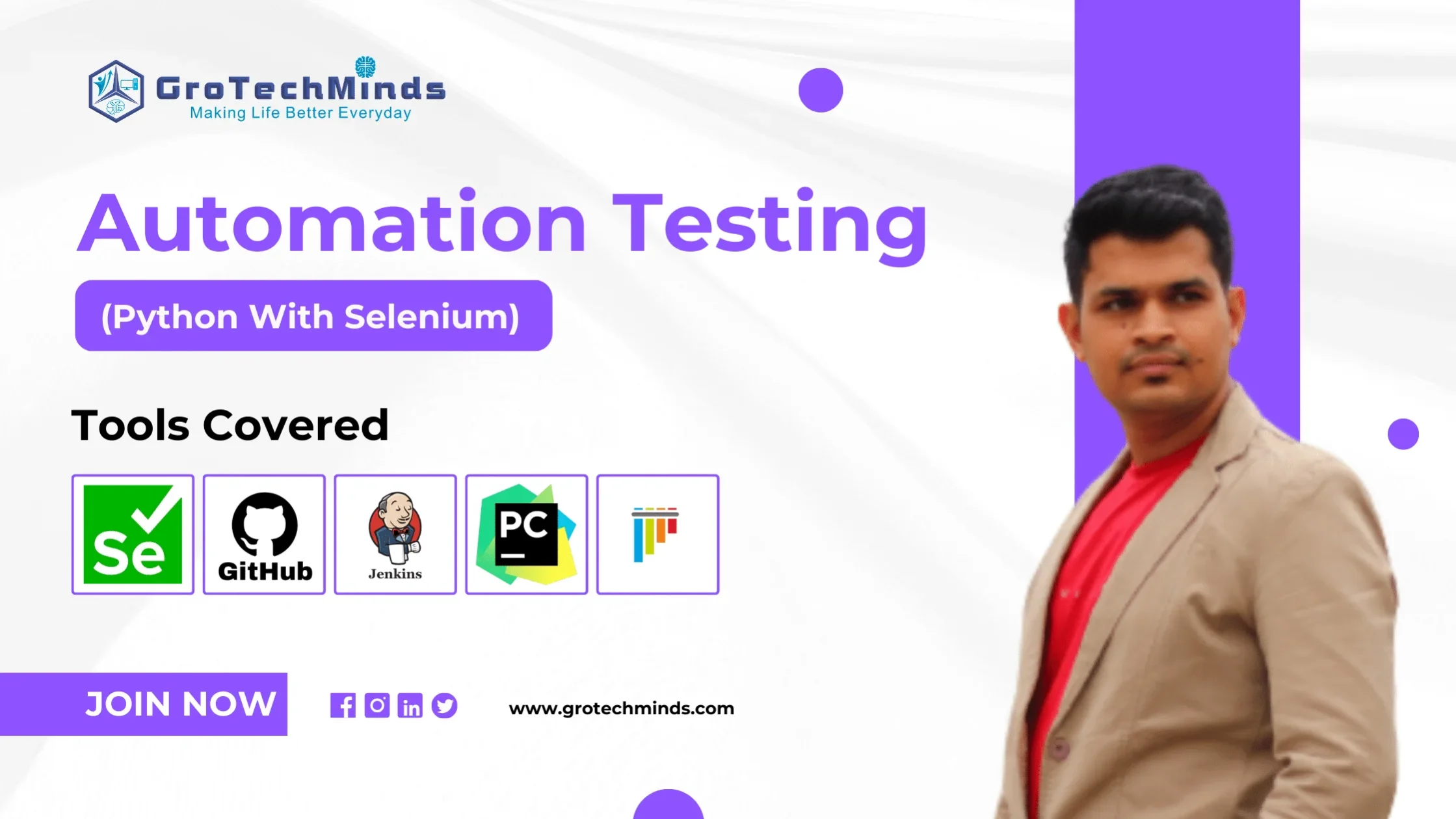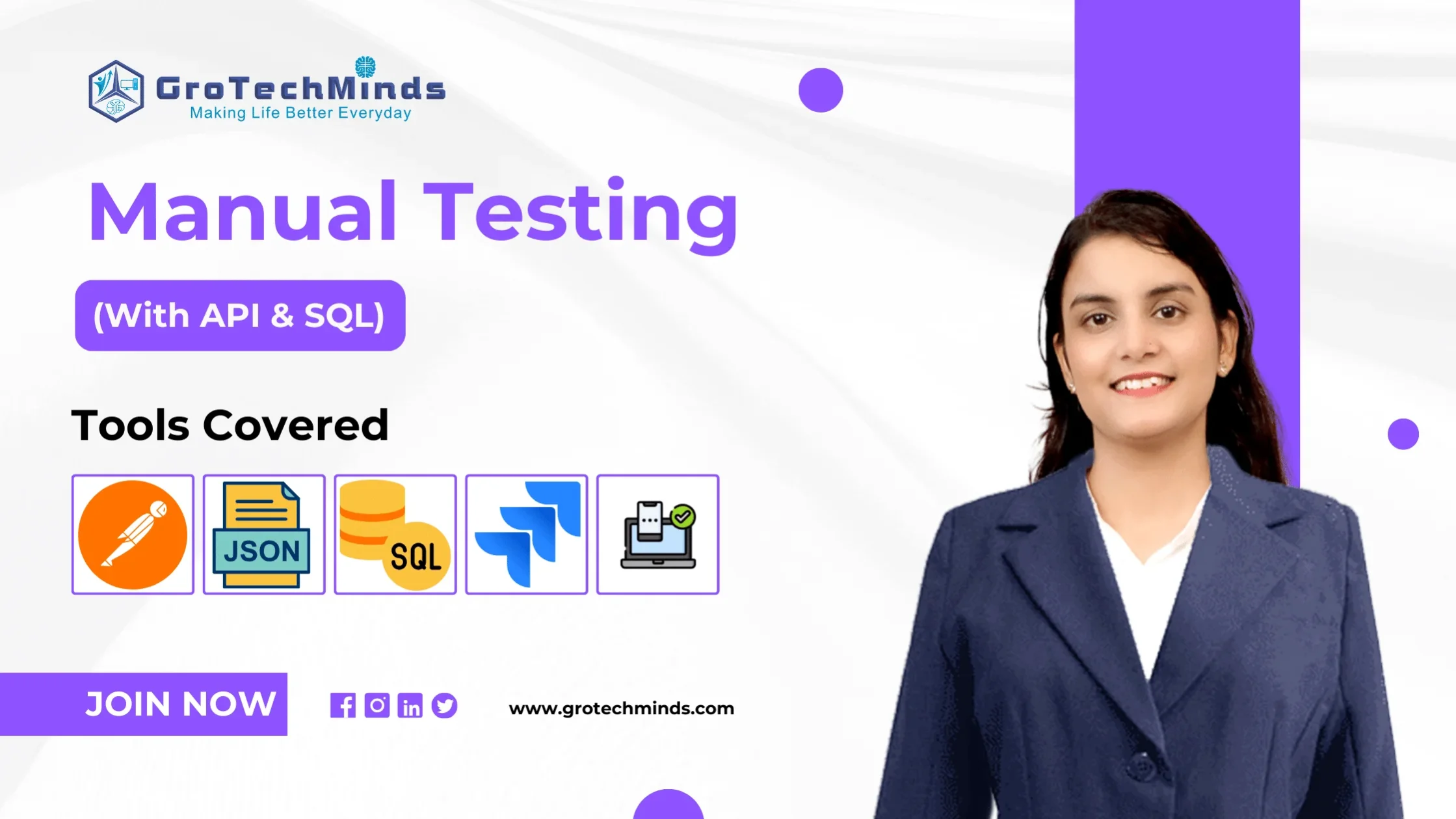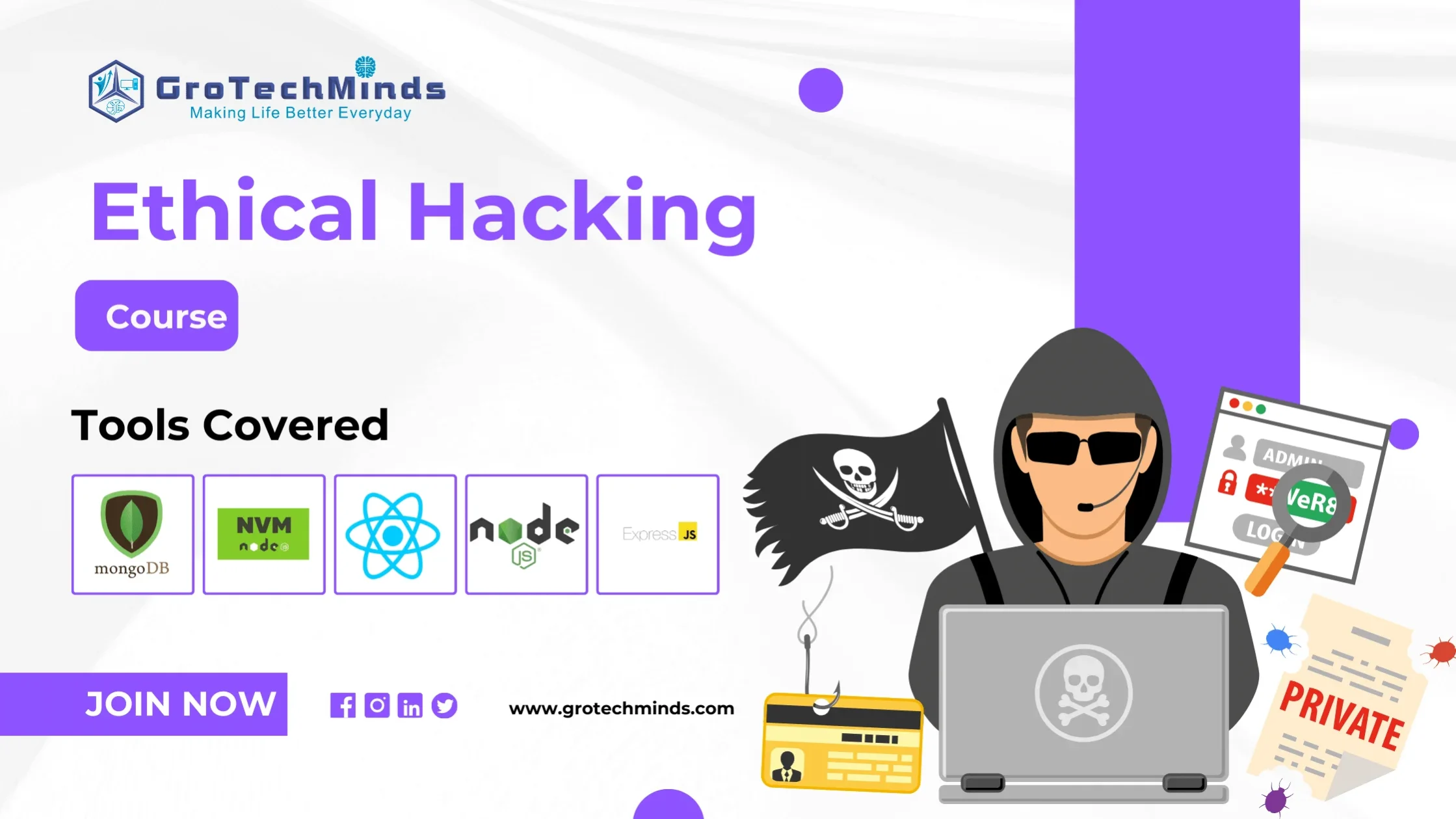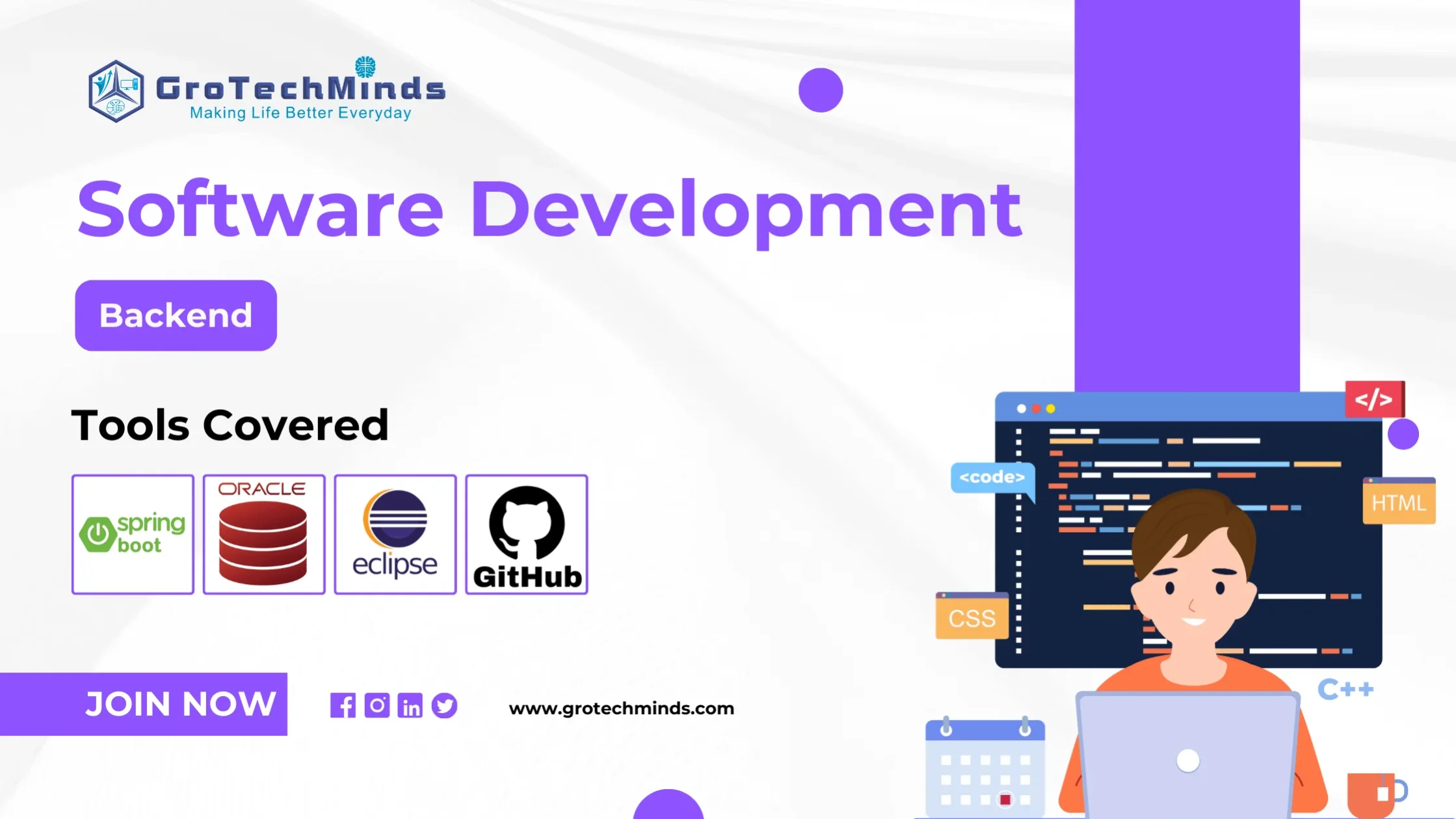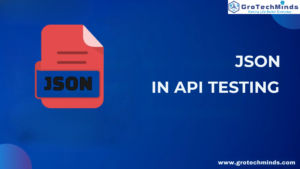

Software testing Life Cycle
The software testing life cycle describes the sequence of events that occur during software testing. A sensible software testing life cycle results in a quality strategy that is more likely to generate better results. But why is this so significant? Everything comes down to consumer satisfaction. Every organisation’s ultimate purpose is to provide the best product possible to the consumer.
Nothing turns clients off more than a buggy user experience. When businesses realised this, they began to make testing an obligatory part of the SDLC. Since then, testing has become an essential component of all organisations.
The testing life cycle of an application got more process-oriented and versatile with agile. Typically, an enterprise’s whole attention is solely on the software development life cycle (SDLC). They also consider testing to be a component of the process. However, businesses must recognise that software testing has its own life cycle. We’ll start with the basics, defining and comparing the software testing life cycle to the software development life cycle. As you can see, despite their close relationship, these two names refer to two distinct entities.
This is a synopsis of what we'll discuss:
- What Is the Life Cycle of Software Testing?
- What exactly are STLC and SDLC?
- What Is the Function of STLC in SDLC?
- What Are the Testing Phases?
- What Are the Testing Entry and Exit Criteria?
- Discussion
A life cycle is the series of transformations that an entity goes through from one form to another. Many tangible and enigmatic entities go through a succession of transformations from beginning to end. When we discuss the software testing life cycle, we refer to the software as an entity. The software testing life cycle is the process of carrying out various actions when testing.
Checking the developed software to verify if it fits specified requirements is one of these activities. When there are flaws in the product, testers collaborate with the development team. In other circumstances, they must contact the stakeholder to acquire insight into various product specifications. The STLC also includes mechanisms for product validation and verification.
SDLC manages the entire life cycle of a product, from its conception to its completion. Among the different SDLC phases, testing is one of the most crucial. SDLC includes software testing. And this component has its own life cycle—STLC. So, what distinguishes SDLC from STLC?
- Concentrate on developing a product.
- A parent procedure
- Understanding customer requirements and creating a user-friendly product
- Before testing, the SDLC steps are finished. The end goal is to release a high-quality product that users can utilise.
- Concentrate on product testing.
- A SDLC process’s offspring
- Understanding development needs and ensuring that the product works as it should
- STLC phases begin once SDLC phases are completed.
- The end goal is to uncover defects in the product and submit them to the development team so that they can be fixed.
- These are the primary distinctions between SDLC and STLC. Let’s take a closer look at STLC.
We saw in the previous section that the ultimate purpose of SDLC is to deploy high-quality goods. How can we quantify good quality? How are we going to do it? The quality of a product is directly proportional to the user experience. One of the most important aspects of achieving this is ensuring that the product operates smoothly and as planned. This is where STLC comes into play. STLC’s purpose in SDLC is to identify any portion of the product that isn’t working smoothly or as intended and notify the development team for revisions.
Now that we’ve covered the basics of the software testing life cycle, let’s look at why it’s so important. Even if a company employs the best programmers and developers, mistakes are unavoidable. STLC’s primary function is to identify and correct errors. The primary purpose of an STLC is to ensure product quality.
Every stage of product testing, from strategy and research through execution and maintenance, is critical.
STLC is all about ensuring the quality of a product. Each application offers unique characteristics such as dependability, usefulness, and performance. And STLC helps to improve these characteristics and simplifies the delivery of an optimal end result.
In the long run, a high-quality product results in fewer maintenance expenses. The reliability of an application or software is essential for attracting new users. Aside from that, consistently reliable items help retain existing customers. It is critical to focus on each phase of the STLC for a product to remain in the market.
To ensure product precision and correctness, every module of software or programme must be validated. Because software testing is a complex procedure, testers perform it in the following stages:
Analysis of Requirements
Test Preparation
Design and creation of test cases
Configuration of the Test Environment
Execution of Tests
Test Completion
Complexities can arise if testing is not organised. Unresolved problems, unnoticed regression bugs, or, worst case scenario, a module that bypassed testing because the deadline approached.
Each phase of the STLC has a distinct aim and set of deliverables. It entails starting, running, and stopping the testing process.
Let’s take a closer look at the various stages of the software testing life cycle.
The available specifications and requirements must be viewed, studied, and analysed by your important software testers. Certain criteria generate results by feeding them input data. These are requirements that can be tested. Testing professionals investigate both functional and non-functional needs. Following that, they must select testable requirements.
This phase’s activities involve brainstorming for requirement analysis as well as identifying and prioritising test needs. They also consist of identifying requirements for both automated and manual testing. Even if they are not expressly stated, there are a few things you must test. A click on an active button should do something, and a text field for a phone number should not accept input alphabets.
These are universal concepts that should constantly be examined. However, the requirement analysis phase is concerned with learning additional specifics about the product. You must first understand how the thing should be in its optimal state. This phase produces a detailed requirements report as well as a study of test automation feasibility as deliverables.
A requirements traceability matrix is another key item produced during this phase. What exactly is this?
“Traceability” refers to the ability to track artefacts back to their prerequisites. Traceability in the software development process, for example, implies that the organisation should be able to trace each commit in its codebase back to its original requirements. When it comes to software testing, it is critical to be able to track testing operations back to their original requirements.
By ensuring that every testing activity is linked to a requirement that provides value for the customer, you may decrease waste. To summarise:
Understand the product’s intended output.
Determine any gaps in the specs.
Gather priorities.
Check the viability of automation.
The second phase is test planning, which is created by the QA team after analysing all of the relevant testing requirements. After understanding the product domain, they establish the scope and objectives. To develop a strategy, the team analyses the risks involved and establishes timetables and testing settings.
Following that, management finalises the tools and assigns individuals jobs and tasks. There is also an approximate schedule for completing the testing of each module. The test plan, which is a document that describes the objective and details of the testing operations for a certain project, is the most essential item generated in this step. To summarise:
Create documentation for the test plan.
Calculate your time and effort.
Complete the tools and platform.
Assign tasks to individuals and groups.
Determine your training needs.
After development and preparation, it’s time to unleash your inner artist! Testers design and develop test cases based on the test plan. Test cases should be extensive and cover practically all potential scenarios. All possible permutations and combinations should be compiled.
You can prioritise these test cases by determining which are the most common or which would have the most impact on the product. The documentation stage is followed by the verification and validation of defined requirements. This stage also requires the examining, updating, and approval of automation scripts and test cases.
Defining different test conditions with input data and predicted outputs is also part of this phase. As a result, the primary deliverables generated during this phase are the actual test cases organised in their test suites. To summarise:
Investigate and collect potential product actions.
Make test cases.
Sort test cases by priority.
Prepare test case automated scripts.
Certain environmental components, including servers, frameworks, hardware, and software, are required for testing operations to be carried out. It is also required to smoke test and provide bug reporting tools to your testers. It’s frequent in the development community to hear “it ran on my system, but it’s not running on yours.”
As a result, it is critical that your test environment encompasses all of the environments that the user may encounter. Some features, for example, that work in Google Chrome do not work in Internet Explorer. A feature may work properly with 4 GB RAM but may cause problems with 1 GB RAM. End-user environments should be researched to assist you prioritise your test settings.
The major outcome at this level is a comprehensive test environment management plan.
Setting up the test environment is the responsibility of the QA manager managing the team. To summarise:
Recognise the minimum requirements
Make a list of the software and hardware required for various levels of performance.
Set a priority for test environments.
Create test environments
Test the constructed surroundings with smoke
When the team has completed all of the previous processes, the application is ready for testing. Test cases are executed by testers in accordance with the test plan. They also locate, detect, and log problems, resulting in bug reports. The team is also in charge of comparing projected results to actual results. If any bugs are discovered, they must be documented so that the development team can fix them.
Regression testing begins after the development team has removed a bug. Regression testing ensures that the software or application continues to function after a change has been implemented. When testing after a bug repair, retest the entire product. Because a bug patch may introduce a bug in another component of the product.
Because the same tests must be run again and again after each change and release, scripts or automated testing tools are recommended. The major deliverables in this phase are the test findings, which should ideally be confirmed and distributed totally automatically. To summarise:
Execute test cases.
Identify deviations from the product’s expected behaviour.
Keep a detailed record of failed instances.
After bug fixes, retest.
And so we arrive at the final stage of the STLC: test closure.
The test closure phase begins with the completion of test execution and delivery of the final product. The QA team reviews the test results and discusses them with the rest of the team. Other considerations include product quality, test coverage, and project cost. If there is a departure from estimated values, more analyses can be performed to determine what went wrong.
It is necessary for testers to gather and discuss the results of their testing. Any concerns encountered during testing, as well as errors in strategies, can be discussed here. You can also focus on improving your testing approach depending on what you learn during testing. Testing is done frequently if you adopt DevOps or canary release practises. You can choose how frequently to send reports and what details to include when sending reports to certain stakeholders.
Aside from that, the team takes into account test metrics, objective fulfilment, and deadline adherence. They can analyse the entire testing strategy and procedure once they have a complete understanding of what occurred. To summarise:
Check that all tests have been completed.
Consider quality, test coverage, timeliness, and cost.
Keep a record of the ending.
Examine the learning and see if the testing procedure may be improved.
Create a test closure report.
Entry and exit criteria are linked with each of the six phases of a software testing life cycle. Testers must complete the test cases within a specific time frame. They must also maintain the end product’s quality, functionality, and efficiency. As a result, specifying entry and exit criteria is essential. That’s exactly what we’ll do immediately.
The entry criteria specify whatever conditions the team must meet before beginning the testing procedure. Before testing can begin, all requirements must be checked off.
Before testing may begin, certain ongoing actions and requirements must be met. First, you’ll need feedback from the development team. You should also look at the test plan, test cases and data, testing environment, and code.
Exit criteria specify the requirements and tasks that must be completed before the testing is completed. In other words, they involve tasks to complete and processes to perform before testing is completed.
The identification of high-priority faults will be one of the exit criteria. You’ll need to get those corrected as soon as possible. Testers must pass various test cases while ensuring comprehensive functional coverage.
Simply detecting mistakes at the end of an SDLC is no longer an efficient practise. A company must also focus on a variety of other daily operations. Devoting too much of your valuable time to testing and issue fixing can reduce efficiency. After all, it will take more time to produce less product.
It is critical to make efficient use of time and resources to facilitate the testing process. Following a methodical STLC process not only results in faster issue fixes, but it also improves product quality. You will benefit from greater ROI and brand presence by enhancing client satisfaction.
The Software Testing Life Cycle (STLC) is a fundamental and organised technique to guarantee software product quality and reliability. It includes several phases, from requirement analysis to test closure, each of which is critical to creating an effective and error-free solution.
GroTechMinds is well known academy for shaping over a million number of students in the field of software testing and we are Best software testing course in Bangalore we got best reviews for the Best manual testing course in bangalore.
Consult Us



